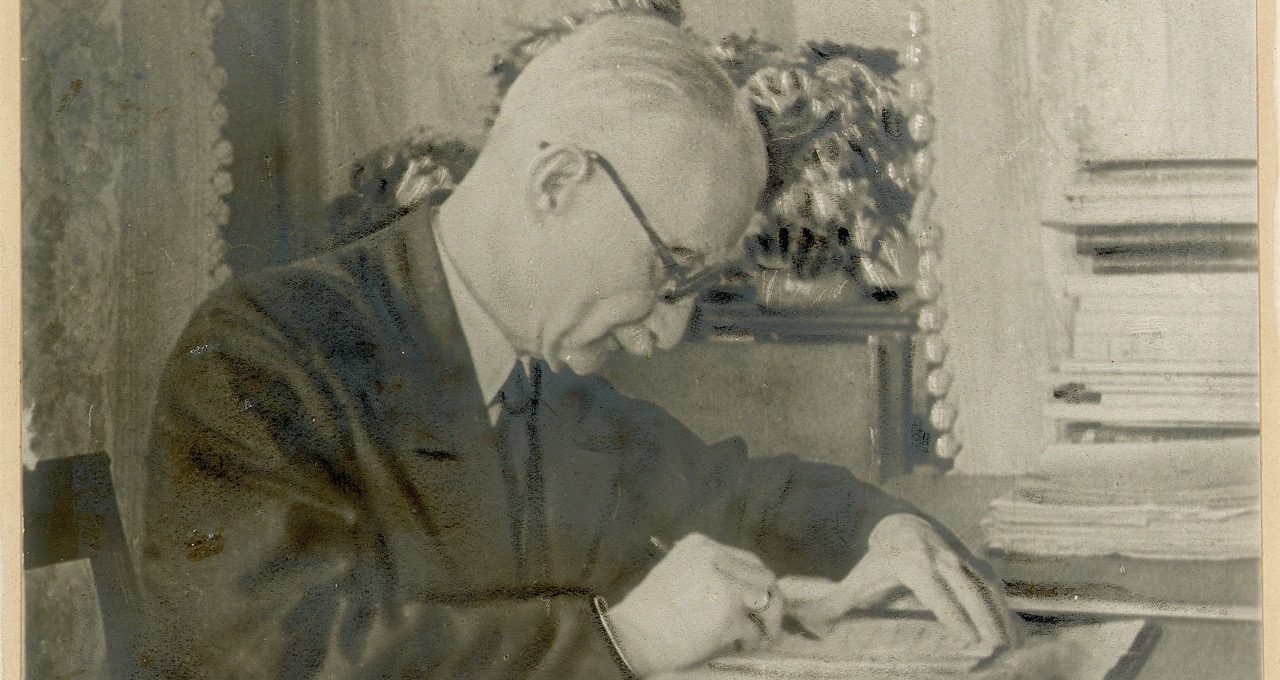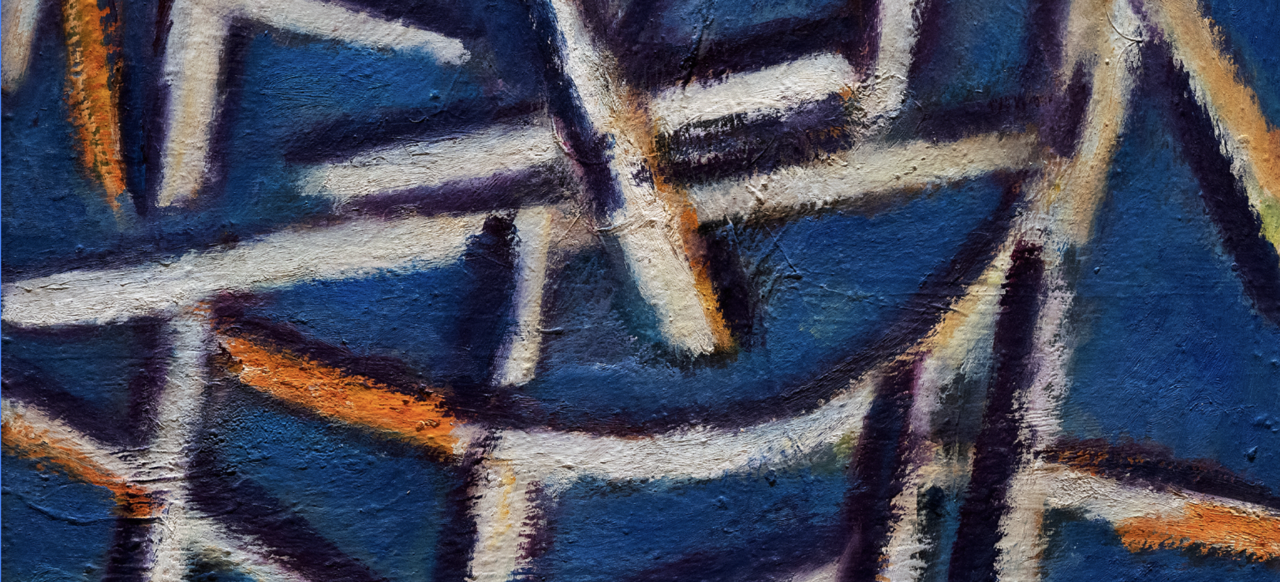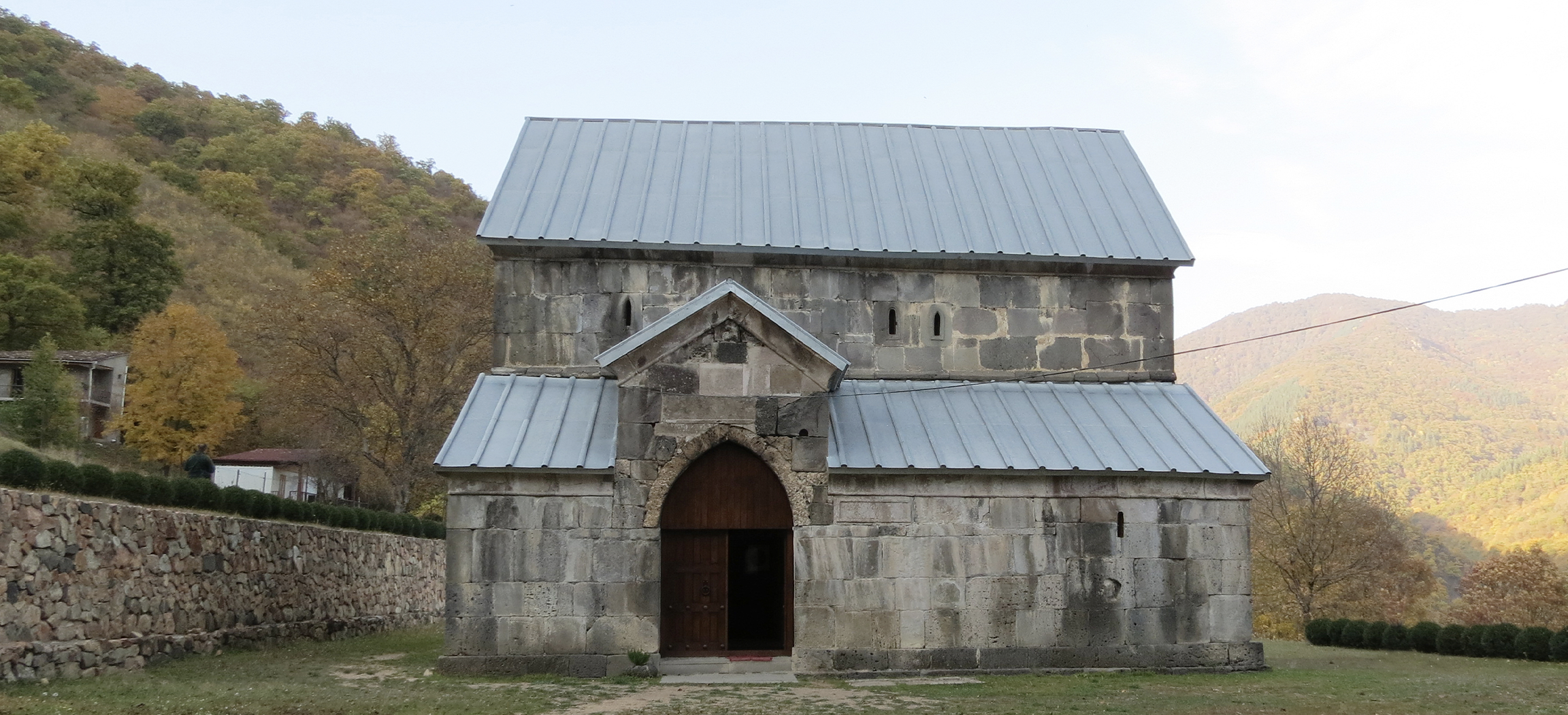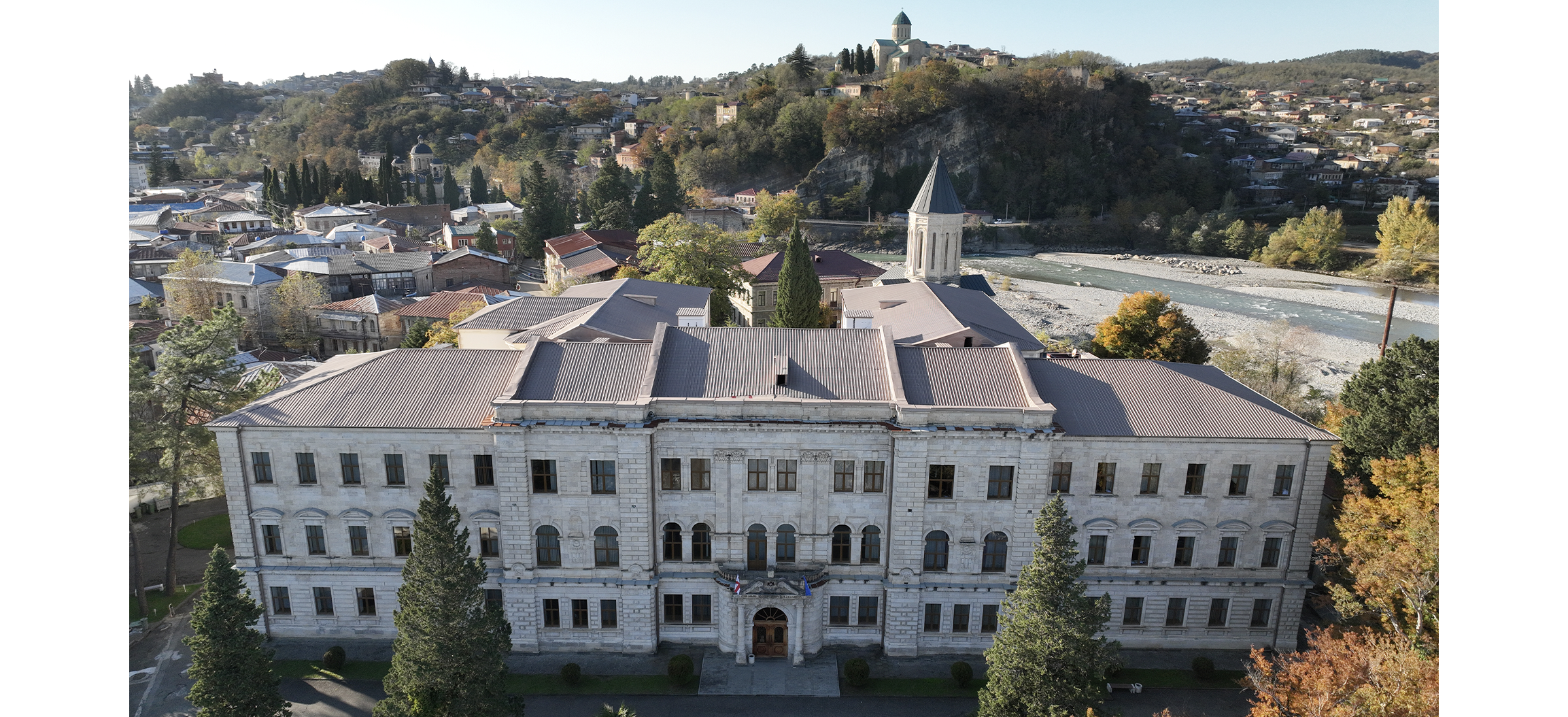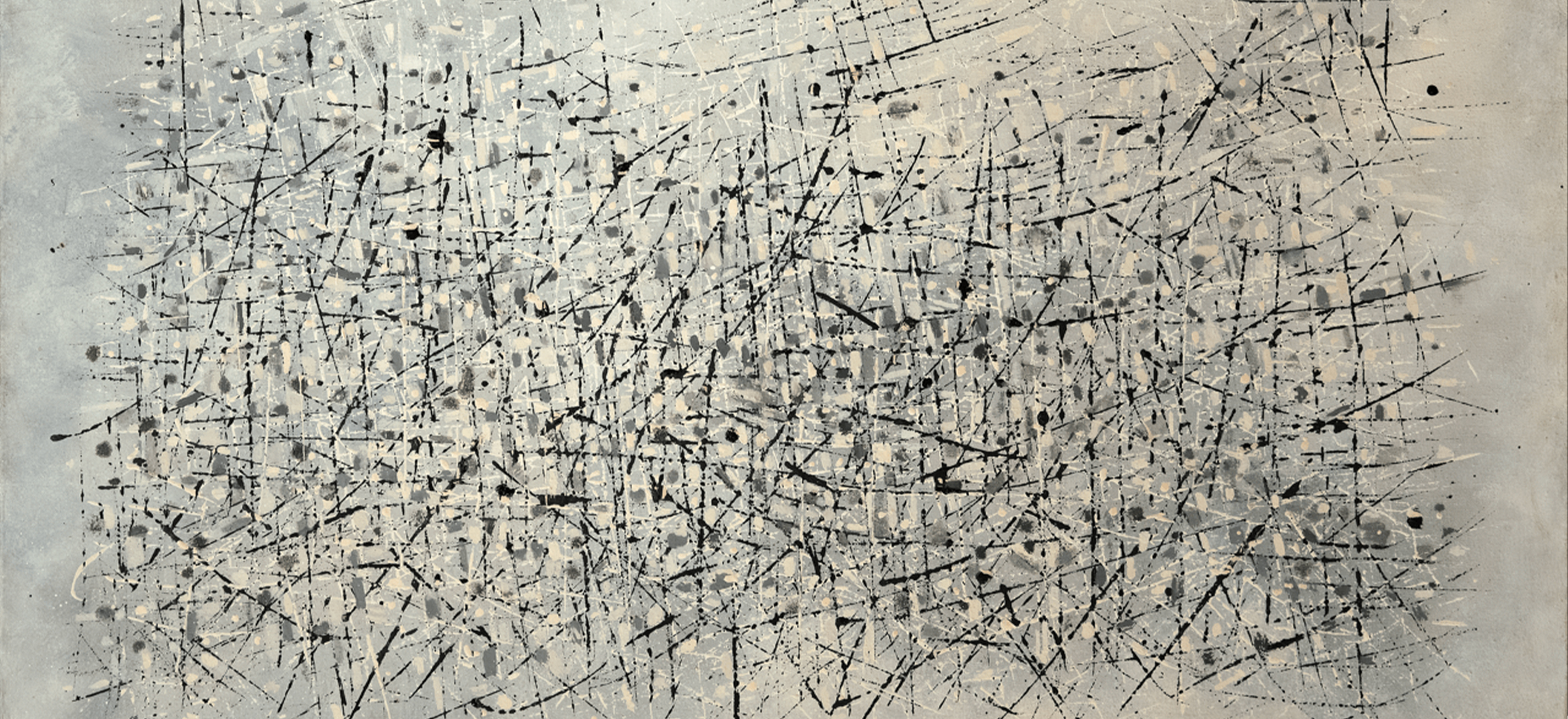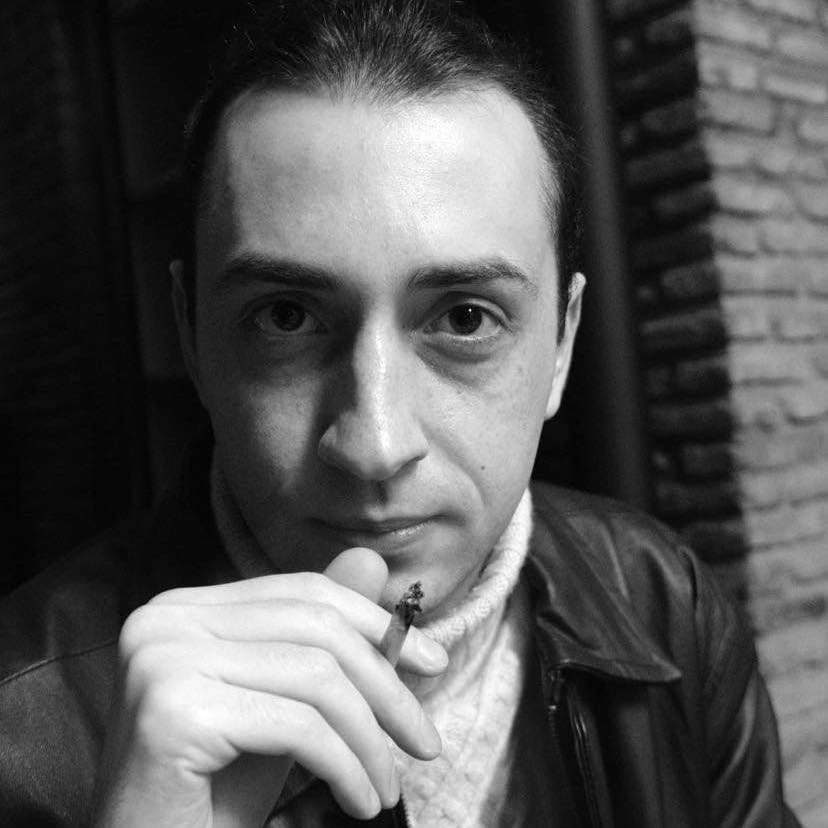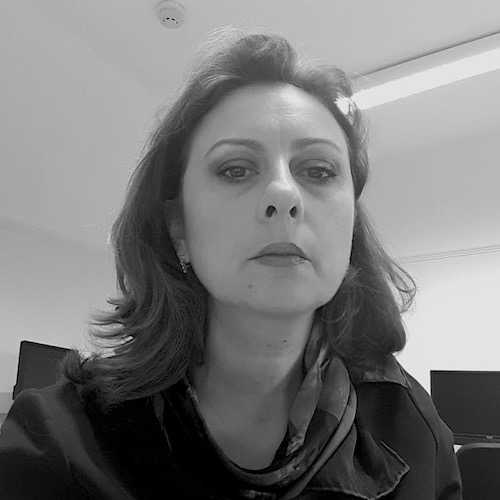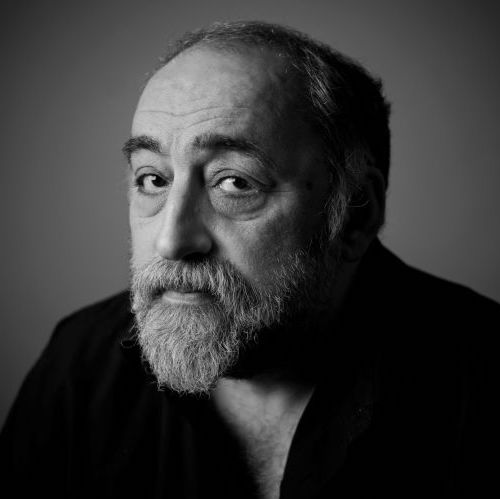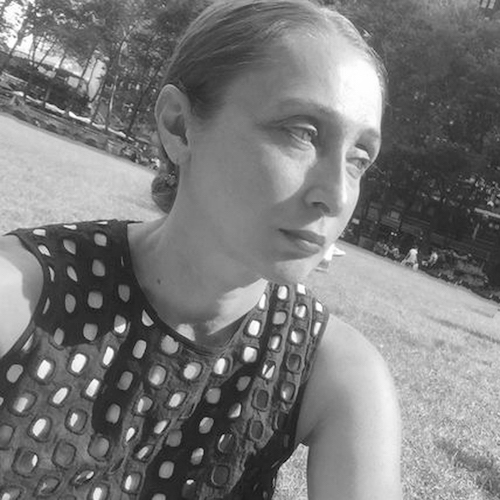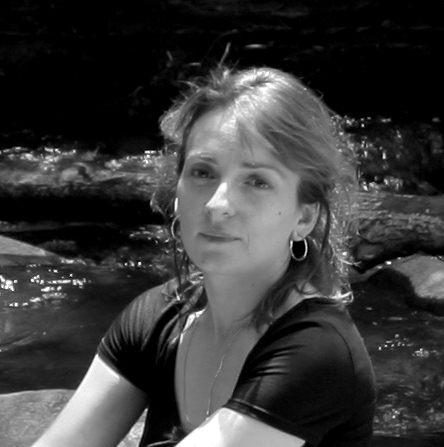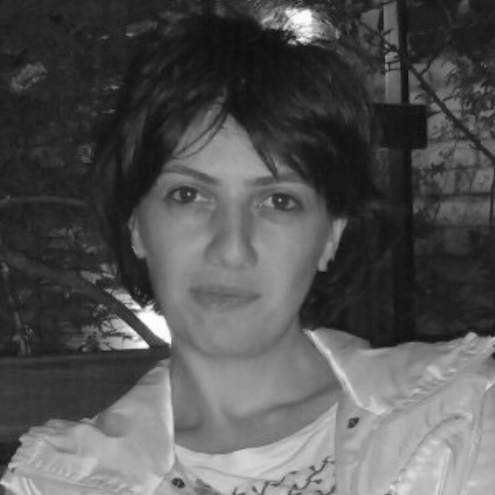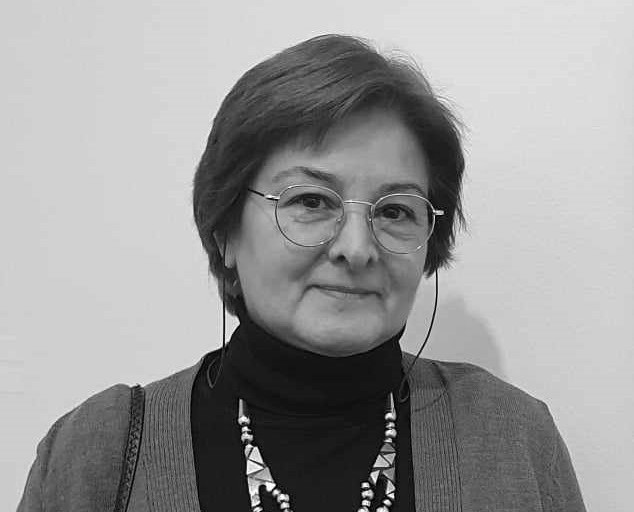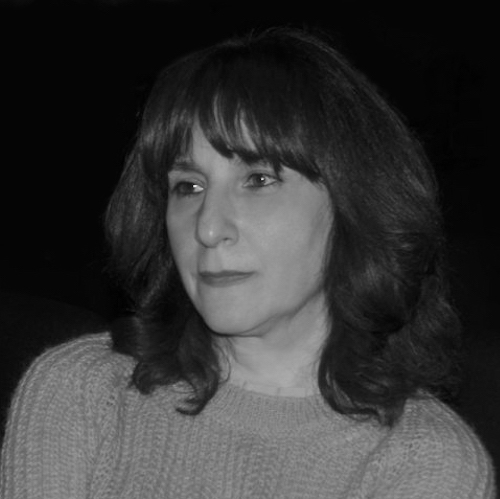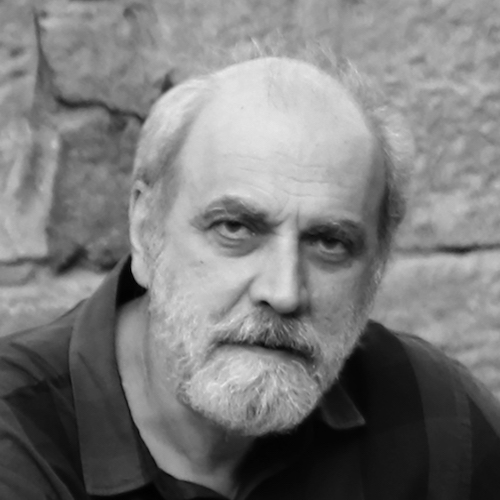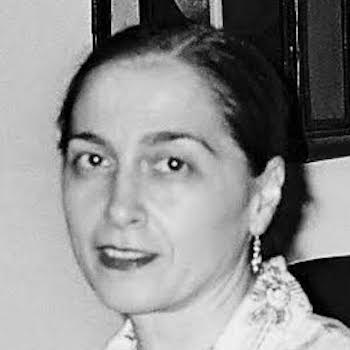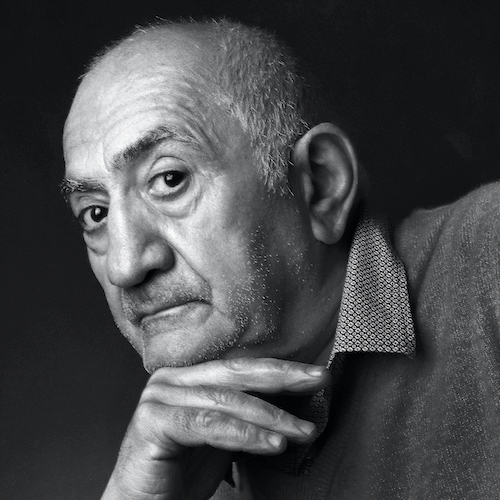Dr. Mariam Didebulidze (მარიამ დიდებულიძე) graduated from the Department of Art History at the Tbilisi State Academy of Fine Arts. Since then she is a Leading researcher of G. Chubinashvili National Research Center for History of Georgian Art history and Heritage Preservation;, (Tbilisi, Georgia). In 2008-2018 she was a director of the Chubinashvili Centre. In 1997-2002 Dr. Didebulidze was a Deputy Director of The Fund for Preservation of Cultural Heritage of Georgia (the World Bank Project). Since 1989 Dr. Didebulidze has been professor of the Tbilisi Theological Academy. (lectures on the History of Byzantine Painting);
Main field of her academic research is Medieval Christian art and architecture in Georgia; medieval mural painting in particular. Dr. Didebulidze’s activities cover the field of cultural heritage preservation as well. She is professor of the Tbilisi Theological Academy (History of Byzantine Painting)..
Most of her academic works – books and articles deals with the issues of the Georgian medieval art, as well as with its relations with the Byzantine art in general:
-
The Tradition of Representation of the Mother of God in Medieval Georgian Art, in the Book: The Tradition of the Adoration of the Theotokos in the Orthodox Church, editor D. Muskhelishvili, Nova publishers, NY, 2020, pp. . 205-220.
-
Representation of Architecture in Medieval Georgian Murals, Bulletin of the Georgian National Academy of Sciences, vol. 13, no.3,2019. pp 150-156.
-
Cultural interaction in Caucasus and Beyond: investigation issues, in Cultural Interactions in medieval Georgia; ed. by M. Bacci, Th. Kaffenberger, M. Studer, Wiesbaden, 2018, pp. 27-45
-
Medieval painting in Abkhazia), in Kulturuli memkvidreoba okupaciis pirobebshi (cultural heritage under occupation), proceedings of the scientific conference, Tbilisi, 2015, 53-68. (in Georgian)
-
Tao-Klarjeti murals; Interaction of Cultural Traditions, in: Synergies in visual culture, Festschrift für Gerhard Wolf, München, 2013; 215-228
-
Wall Paintings of the Holy Cross Monastery in Jerusalem, (with M. Janjalia), Iberica Caucasica, vol.2, London, Bennet and Bloom, 2014, pp. 46-66
-
Ancient Georgian Art (with D. Tumanishvili), Tbilisi, 2008.
-
ST. Nicholas in the 13th c. mural painting of Kintsvisi church, Georgia, ICONOGRAPHICA, Firenze, VI, 2007, (61-77)
-
Atrisic aspects of the 13th c. wall paintung of the St Nicholas church at Kintsvisi, Ph.D Thesis, 2006 (ij Georgian)


